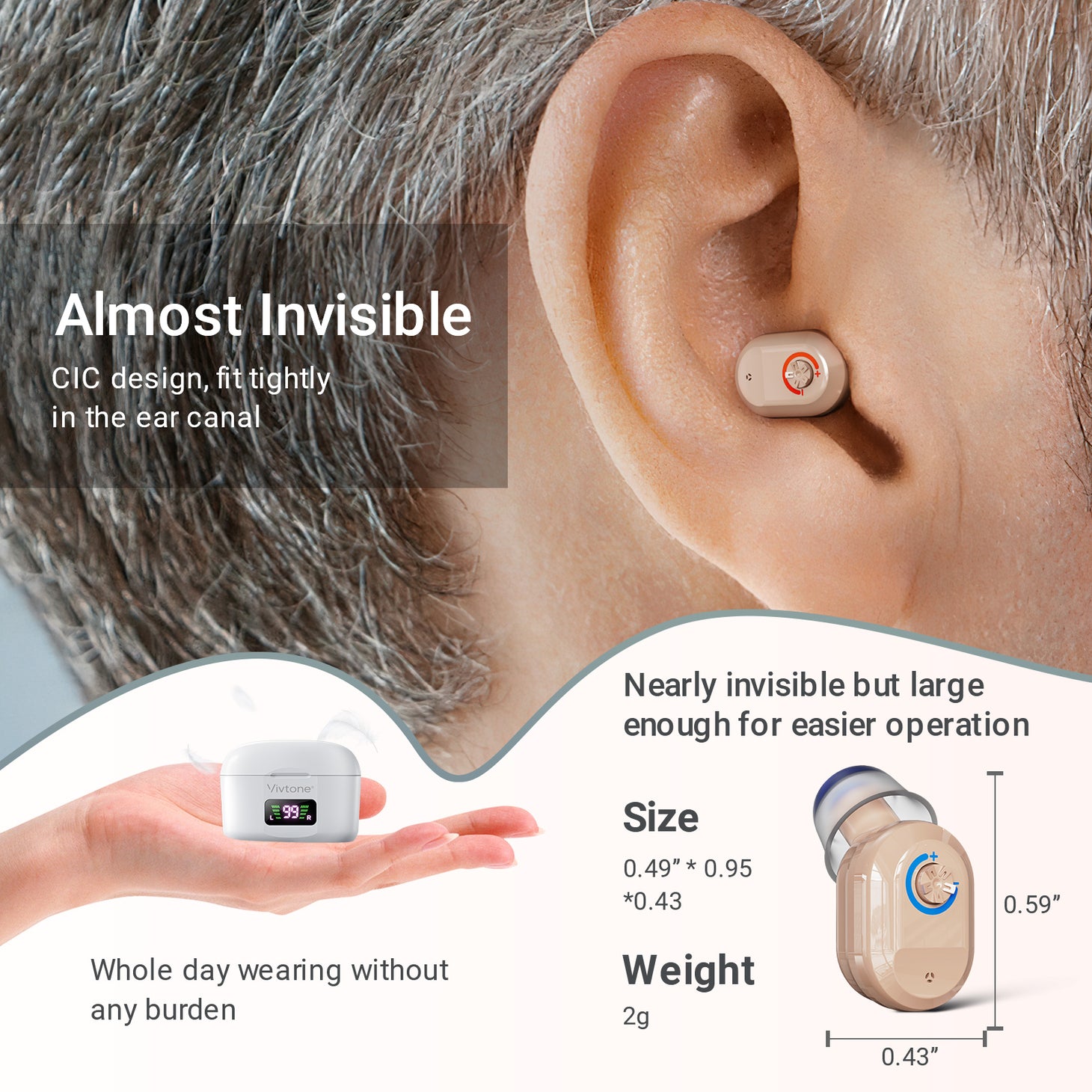Unlock the Secrets of Hearing Aids: Discover the Hidden Components That Transform Sound!
Hearing aids have become essential devices for millions of individuals struggling with hearing loss. They are designed not just to amplify sound but to enhance auditory experiences, enabling users to engage more fully with the world around them. Understanding the various components that make up these sophisticated devices is crucial for users who wish to appreciate their full functionality. By familiarizing oneself with the parts of hearing aids, users can make informed decisions about their hearing health, ensuring they select devices that best meet their needs. Whether you're a first-time user or someone considering a hearing aid upgrade, knowing how each component contributes to sound processing can significantly enhance your listening experience.

Understanding Hearing Aid Parts
Hearing aids are remarkable technological devices designed to improve the quality of life for those with hearing difficulties. At their core, hearing aids consist of several key components that work together to capture, amplify, and deliver sound. In this article, we will explore these components in detail, providing insight into how each part functions and its significance in the overall hearing aid system. From capturing sound to processing and delivering it to the ear, every component plays a vital role in transforming auditory experiences for users. Understanding these parts will not only enhance your appreciation of hearing aids but will also empower you to choose the right device for your auditory needs.
Microphone
The microphone is one of the most critical components of a hearing aid. It serves as the device's ears, capturing sound from the environment. Once sound waves are detected, the microphone converts these waves into electrical signals, which can then be processed by the hearing aid. There are typically two types of microphones used in hearing aids: omnidirectional and directional. Omnidirectional microphones pick up sound from all directions, making them ideal for quiet environments, while directional microphones focus on sounds coming from a specific direction, which helps in noisy settings. This functionality is essential for users to engage in conversations without distractions.
Amplifier
Once the microphone captures sound, it is sent to the amplifier, a crucial component in hearing aids. The amplifier increases the volume of the electrical signals received from the microphone. This amplification process is vital for individuals with hearing loss, as it allows them to hear sounds that would otherwise be inaudible. The degree of amplification can be adjusted depending on the user's specific hearing needs and preferences. Some modern hearing aids even come with adaptive amplification that adjusts in real-time based on the surrounding sound environment. This adaptability ensures a more comfortable listening experience.
Receiver
The receiver is the component that takes the amplified electrical signals and converts them back into sound. Positioned within the ear canal or behind the ear, the receiver plays a fundamental role in delivering clear sound to the user. The quality of the receiver can significantly impact the clarity and richness of the sound, making it a key factor in the overall performance of the hearing aid. Some devices feature advanced receivers that can handle a wide range of frequencies, enhancing the listening experience for users with varying degrees of hearing loss.
Battery
The battery is the lifeblood of any hearing aid, providing the necessary power for all its functions. Hearing aids typically use either disposable or rechargeable batteries, with each type offering distinct advantages. Disposable batteries are convenient for users who prefer minimal maintenance, while rechargeable batteries provide the ease of not having to frequently change batteries. Recent advancements in battery technology have led to longer-lasting batteries, which is a significant benefit for users who rely on their hearing aids throughout the day. Understanding the battery type and its maintenance can greatly influence user experience.
Sound Processor
The sound processor is the brain of the hearing aid, responsible for analyzing incoming sounds and processing them to enhance clarity and quality. This component uses sophisticated algorithms to filter out background noise, ensuring that speech sounds are prioritized. The sound processor can also adjust sound levels based on the environment, providing users with a tailored listening experience. For instance, during a conversation in a crowded restaurant, a sound processor will focus on the voices of those speaking directly in front of the user while minimizing distracting background noise. This feature is particularly beneficial for individuals who often find themselves in varied acoustic environments.
Additional Components
Besides the primary components, hearing aids include several additional parts that enhance functionality and user comfort. The casing, for instance, protects the internal components from dust and moisture while contributing to the device's aesthetics. Ear molds are custom-fitted to each user's ear, ensuring a snug fit and optimal sound delivery. Moreover, modern hearing aids often feature connectivity options, allowing users to connect their devices to smartphones, televisions, and other audio sources. This connectivity not only enhances the listening experience but also provides users with more control over their auditory environment. These additional components play a significant role in the overall effectiveness and usability of hearing aids.
Key Takeaways on Hearing Aid Components
In summary, understanding the various components of hearing aids is essential for anyone considering their use. Each part, from the microphone to the battery, plays a vital role in transforming sound into a clear auditory experience. By familiarizing yourself with these components, you can make informed decisions regarding the selection and maintenance of hearing aids, ultimately leading to better hearing outcomes. Whether it's choosing the right type based on your lifestyle or ensuring proper care for longevity, knowledge of hearing aid parts is key to enhancing your auditory experience and improving your quality of life.








